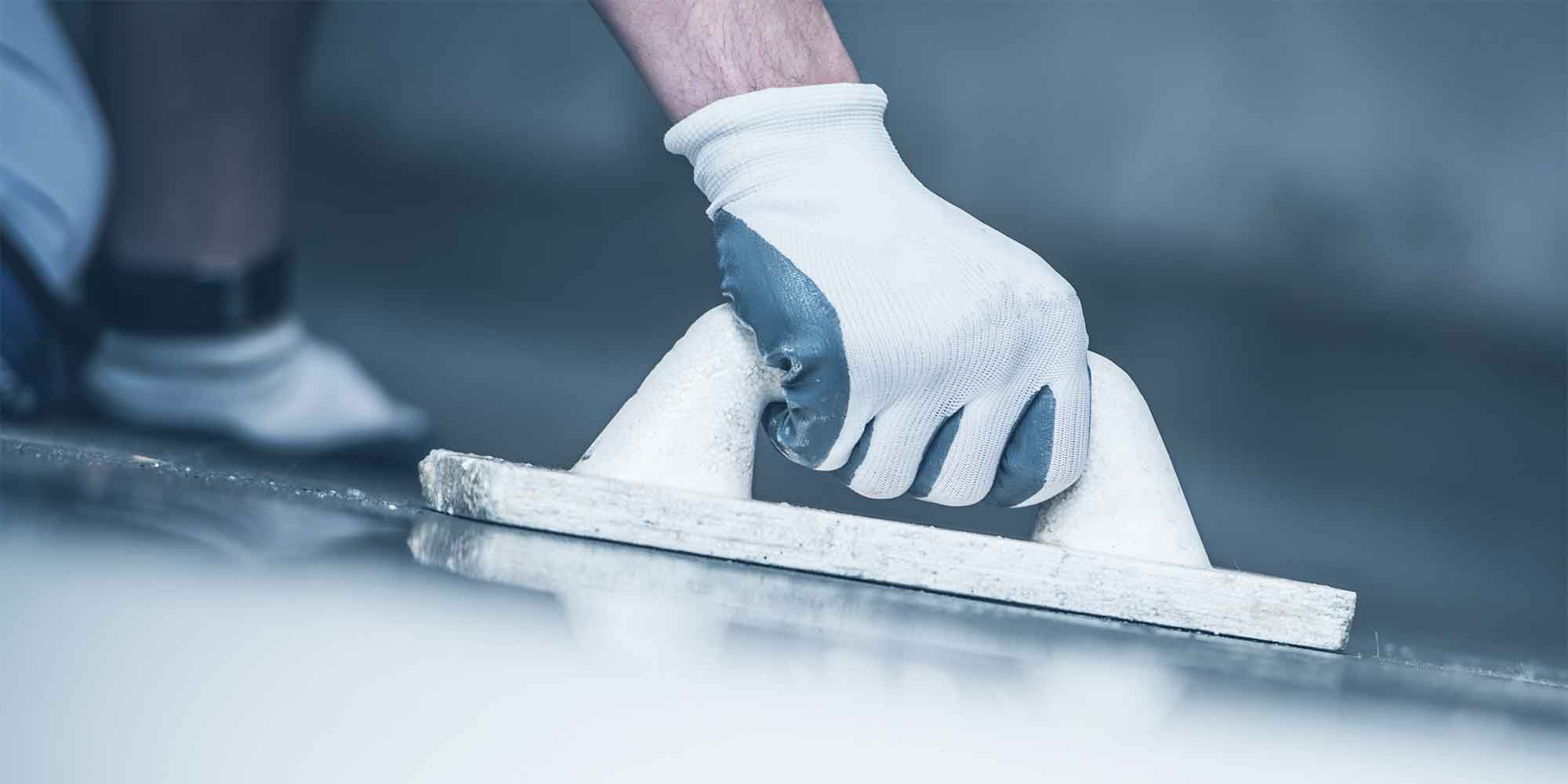Advertisement
In 1945, concrete was considered the best solution to solving the housing shortage in postwar London. Since then the material has often been blamed for the unattractive, cold and somewhat uninviting face of cities across the urban world.
Fast forward a few decades and architects and property developers are now calling for the end to concrete construction altogether as the material is considered a major contributor to climate change.
Buyers are also increasingly demanding healthier, more energy-efficient homes and, coupled with governmental incentives and global pressure, sustainable housing developments are now becoming the norm.
In South Africa, ready-mix concrete products offered by Lafarge, the country’s leading building solutions provider, are the only concretes to have the Level C GreenTag South Africa certification in the country. The GreenTag ecolabel is one of the world’s most widely respected and is only awarded to brands that score well against six sustainability criteria, including greenhouse gas emissions, biodiversity, health and ecotoxicity, life cycle analysis, product efficiency, social responsibility and labour conditions.
The incredibly fluid nature of Lafarge’s Agilia Vertical self-compacting concrete eliminates the need for vibrations and was used in the new engineering building at the University of Cape Town, while their Hydromedia concrete was used in the Waterfall Business Estate in Midrand. The latter boasts a technical breakthrough in permeable concrete and is a great solution for storm water management in playgrounds, driveways and parking areas, as well as for green-roof rainwater harvesting.
Advertisement
In other parts of the world, concrete innovations are becoming quite the thing. The Netherlands have been testing an apparatus that can print 3D concrete objects of up to 11 metres long, five metres wide and four metres high. The printer is manufactured by a company called Rohaco and is the first of its size and kind in the country. The device looks like a normal hoist crane with a swivel head that is attached to a concrete mixer and pump via a hose. Wet concrete of different ingredients can be mixed together and poured into a more customisable way, to allow for smaller and more detailed construction pieces to be created.
In other parts of Europe, a group of architects have created a less carbon-intensive flat pack concrete sheeting that can be rolled into place and set into a permanent form by adding water. The concrete shell hardens in 24 hours and the designers claim its material is two times stronger than traditional concrete and can last up to 30 years, with little maintenance and no skilled labour required.
Finally, in America, self-heating concrete may soon be used to help airports and road networks work better when there is snow and ice on the ground. It works by using a very expensive concrete mix that is interlaced with electricity-conducting industrial waste taken from the coal and steel industries. The concrete mixture is then attached to electrodes that connect to a 120-volt AC power source that generates heat.
It is virtually maintenance-free, uses about 13 watts of energy per square foot and has already been trialled on the 150-foot Roca Spur highway bridge in Lincoln, America, where the concrete was able to de-ice the bridge during a three-day storm for about $250, considerably less than it would take to use a tractor and chemicals.
